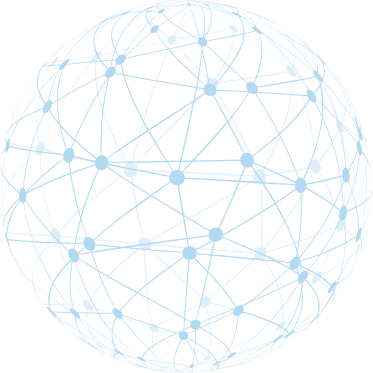Building a Coaching Culture: Leveraging Neuroplasticity for Continuous Improvement
In today’s fast-paced business environment, creating a culture that promotes continuous improvement and adaptability is essential for sustained success. One of the most effective ways to achieve this is by building a coaching culture within your organization. By leveraging the principles of neuroplasticity, businesses can foster an environment where employees are continuously learning, growing, and evolving. This blog post explores the concept of a coaching culture and how neuroplasticity can be harnessed to drive continuous improvement.
Understanding Neuroplasticity
Neuroplasticity is the brain’s ability to reorganize itself by forming new neural connections throughout life. This remarkable capacity allows the brain to adapt to new experiences, learn new information, and recover from injuries. Neuroplasticity is the foundation of learning and memory, making it a crucial element for personal and professional development.
The Importance of a Coaching Culture
A coaching culture is an organizational environment where coaching is ingrained in the everyday activities and interactions of employees. It emphasizes continuous learning, development, and performance improvement. In a coaching culture, leaders act as coaches, employees seek and provide feedback, and learning opportunities are integrated into daily workflows.
Benefits of a Coaching Culture
- Enhanced Employee Engagement:Employees who receive regular coaching are more engaged, motivated, and committed to their work. They feel valued and supported, leading to higher job satisfaction and retention rates.
- Improved Performance:Continuous coaching helps employees develop new skills, overcome challenges, and improve their performance. It fosters a growth mindset, encouraging individuals to strive for excellence.
- Stronger Collaboration:A coaching culture promotes open communication and trust, enhancing collaboration and teamwork. Employees feel comfortable sharing ideas, seeking feedback, and supporting each other’s growth.
- Greater Adaptability:In a rapidly changing business landscape, organizations with a coaching culture are better equipped to adapt. Employees are more resilient and open to change, driving innovation and continuous improvement.
Leveraging Neuroplasticity in a Coaching Culture
To harness the power of neuroplasticity for continuous improvement, organizations need to implement strategies that promote learning and development at all levels. Here are key approaches to building a coaching culture that leverages neuroplasticity:
Integrate Coaching into Daily Activities
Coaching should not be a one-time event but a continuous process integrated into daily activities. Regular, informal coaching conversations can help reinforce learning and encourage ongoing development.
Strategy:Encourage leaders to have frequent one-on-one meetings with their team members to discuss progress, provide feedback, and set goals. Create opportunities for peer coaching and collaborative problem-solving.
Focus on Goal Setting and Feedback
Setting clear, achievable goals and providing regular feedback are essential for promoting neuroplasticity. Goals give employees a sense of direction and purpose, while feedback helps reinforce positive behaviors and correct mistakes.
Strategy:Implement a structured goal-setting process that aligns individual goals with organizational objectives. Provide constructive feedback regularly, highlighting specific behaviors and outcomes.
Encourage Reflective Practice
Reflective practice involves examining one’s experiences and learning from them. It helps reinforce neural pathways associated with new skills and behaviors.
Strategy:Encourage employees to reflect on their experiences, successes, and challenges. Use techniques such as journaling, peer discussions, and after-action reviews to facilitate reflection and learning.
Provide Opportunities for Skill Development
Continuous skill development is crucial for leveraging neuroplasticity. Offering diverse learning opportunities helps employees acquire new skills and adapt to changing demands.
Strategy:Invest in training programs, workshops, and online courses that cater to various learning styles. Encourage employees to pursue professional development opportunities and support their learning journeys.
Promote a Growth Mindset
A growth mindset, the belief that abilities can be developed through effort and learning, is essential for fostering neuroplasticity. It encourages employees to embrace challenges and view failures as opportunities for growth.
Strategy:Cultivate a growth mindset by celebrating effort, persistence, and learning rather than just results. Share success stories that highlight the importance of perseverance and continuous improvement.
Leverage Technology and Tools
Technology can enhance coaching efforts by providing tools for feedback, goal tracking, and skill development. Leveraging technology can make coaching more accessible and effective.
Strategy:Implement digital platforms that facilitate coaching interactions, track progress, and provide resources for skill development. Use data analytics to identify areas for improvement and tailor coaching efforts.
Conclusion
Building a coaching culture that leverages neuroplasticity is a powerful strategy for promoting continuous improvement and adaptability. By integrating coaching into daily activities, focusing on goal setting and feedback, encouraging reflective practice, providing opportunities for skill development, promoting a growth mindset, and leveraging technology, organizations can create an environment where employees thrive and achieve their full potential. Embracing a coaching culture not only enhances individual performance but also drives organizational success in an ever-evolving business landscape. Learn more at braintrustgrowth.com





